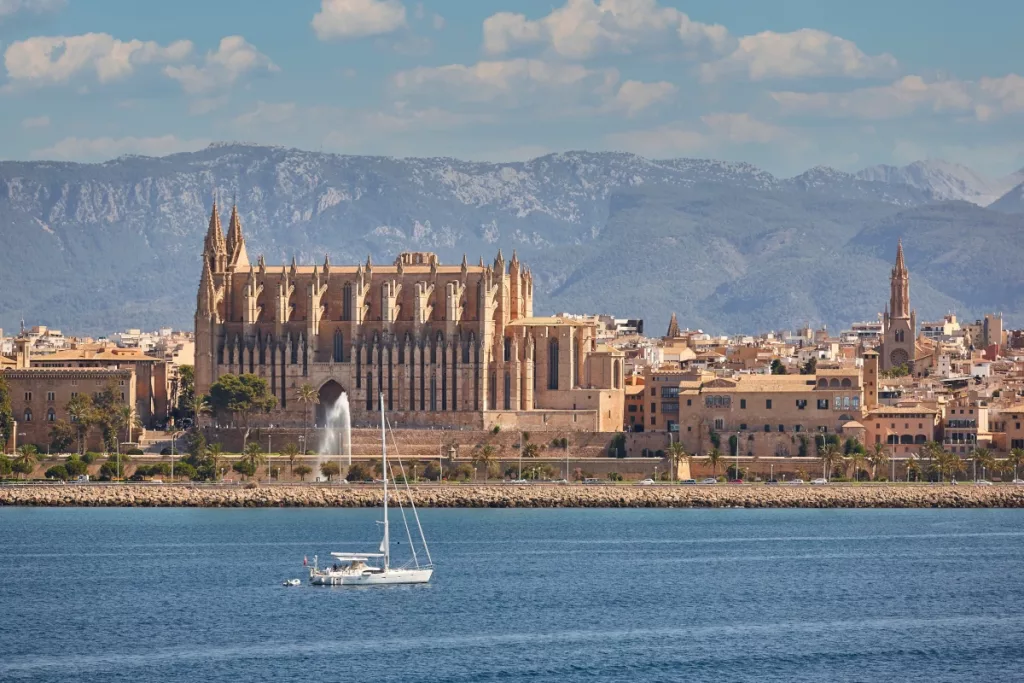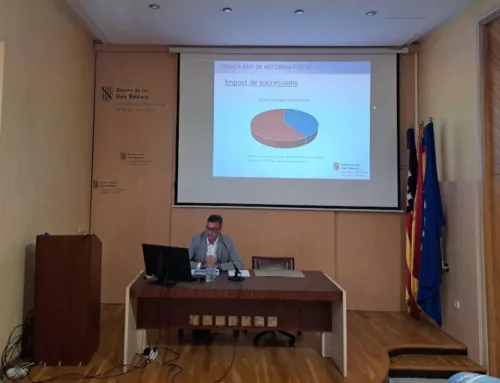The climate is warming and extreme heat events are becoming increasingly common around the world. However, cities, especially in the global south, are struggling to adapt to these conditions, as their infrastructures are not designed to counteract the high temperature levels. In this context, humidity plays a crucial role, exacerbating the effects of heat and creating health risks for inhabitants.
Palma faces these challenges in a unique way. Although it enjoys a consistently temperate climate with around 300 days of sunshine a year, the city is affected by humidity, especially during the summer months. According to a study by HouseFresh, the capital of Mallorca is the most humid city in Europe with 116.8 days of uncomfortable humidity per year. A phenomenon that continues to be an important factor in the quality of life of its residents. However, Palma and Europe in general are far from the figures for other cities such as Honolulu (Hawaii), the wettest city in the United States, with 337.1 uncomfortably humid days a year. Or Singapore, Macapa (Brazil) and Cartagena (Colombia), which are among the wettest global cities, with 365 uncomfortably wet days per year.
According to the World Economic Forum, the percentage of the world’s population living in cities is expected to increase to 80% by 2050, highlighting the urgency of taking measures to mitigate the effects of heat and humidity in urban environments.
Spain and Italy, Europe’s most humid countries
The study reveals that in Europe the level of humidity among the wettest major cities is lower than in any other continent. Nine of the top ten cities are in Spain or Italy, where the Mediterranean climate and humidity combine to keep things sticky during the summer months.

Southern Europe is also feeling the after-effects of African weather events, which plays a role in making Palma the wettest city in Europe. “The bubble of hot air that has inflated over southern Europe has turned Italy and neighbouring countries into a giant pizza oven,” explained Hannah Cloke, a climate scientist at the University of Reading, during the European heatwave last summer. “The warm air, which came in from Africa, is now staying with established high-pressure conditions, which means that heat in the warm sea, land and air continues to build up.”
The effects of high humidity on our health
In addition to feeling sticky and uncomfortable, high levels of humidity can have various effects on human health. This is especially true for older people, those with pre-existing medical conditions and those on medication, although young, healthy people are also vulnerable to severe and continuous dampness. Experts such as Colin Raymond, a climate scientist at NASA, warn of the risks associated with high temperatures and humidity. In humid regions, high temperatures can become especially dangerous, affecting the body’s ability to regulate its temperature and increasing the risk of heat stroke and other health problems.
The effects of dangerous levels of humidity include:
- Difficulty regulating body temperature: Humidity can slow down the evaporation of sweat, so the body does not cool down, which can lead to heat stroke.
- Skin problems: Trapped sweat can cause heat rash and worsen existing conditions such as dermatitis.
- Respiratory problems: Increased humidity in the air can cause the body’s airways to narrow, worsening symptoms of asthma and other respiratory problems.
- Aggravation of heart problems: Humidity increases blood flow to the skin, putting additional strain on the heart and circulatory system. Pre-existing damage from a heart attack can make it difficult for your heart to keep up with demands.
In response to these challenges, the importance of public awareness and preventive measures is emphasised. Organisations such as HouseFresh have identified the world’s wettest cities and highlighted the need to adapt urban infrastructures and promote practices that help mitigate the effects of heat and humidity.








Leave A Comment